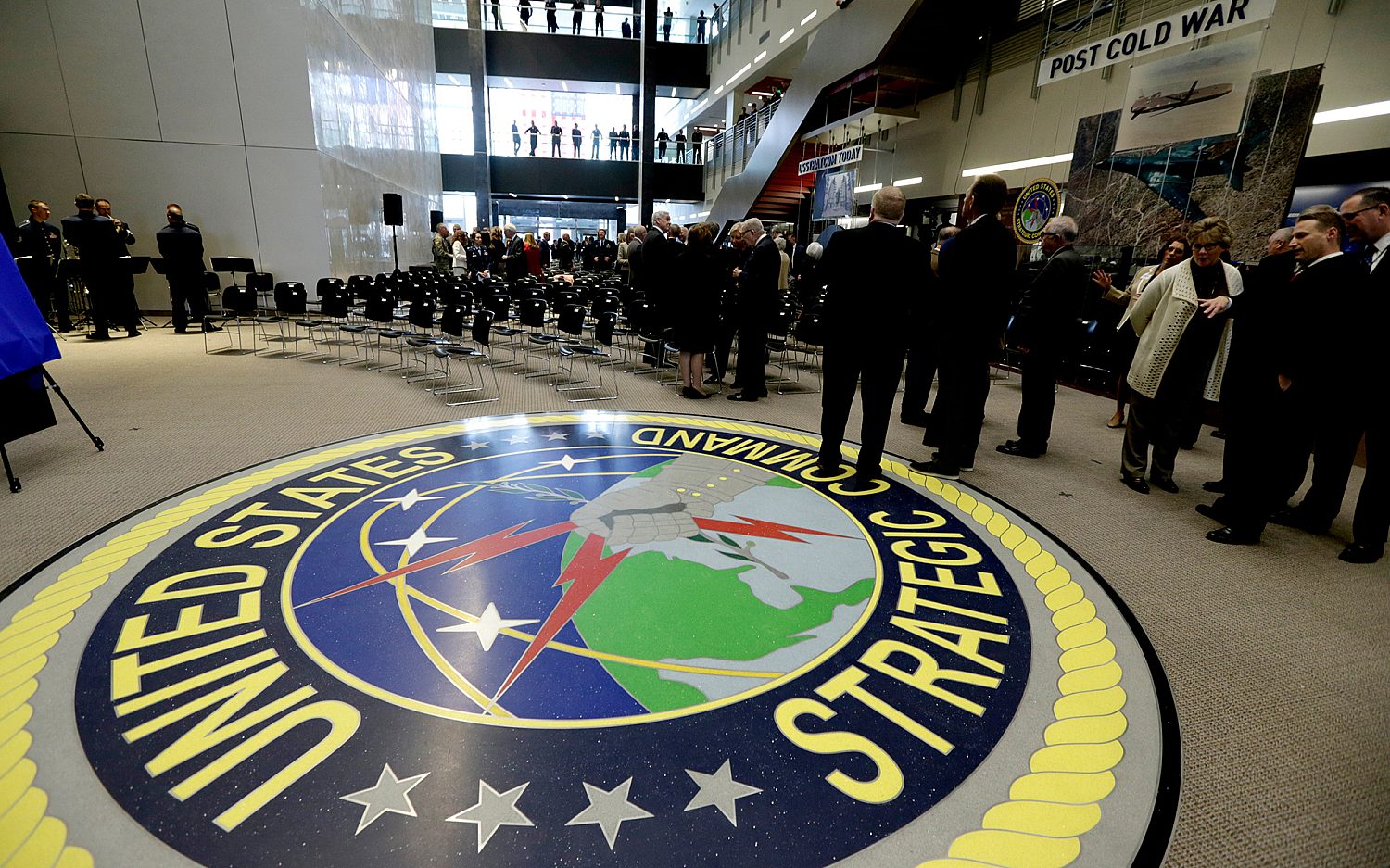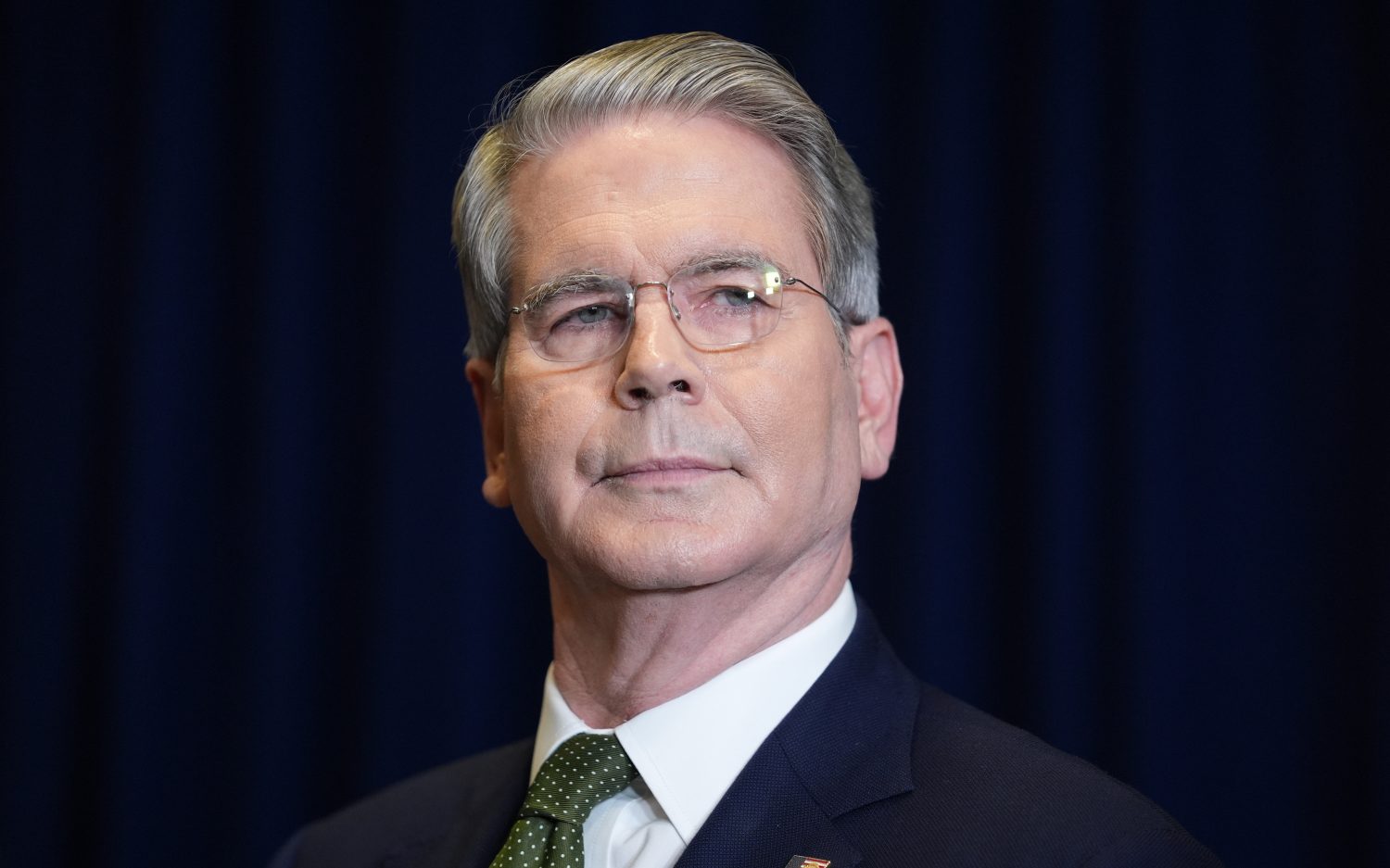High-stakes states
The race for the White House could be decided by just nine key battleground states. Here’s an Election Eve preview of what’s at stake
By the time voters finally go to the polls on Tuesday, campaigns across the nation will have spent an estimated $6 billion. That’s about $700 million more than what was a record amount spent in 2008. The presidential contest between President Barack Obama and Republican challenger Mitt Romney will account for about $2.6 billion of that total, according to the Center for Responsive Politics. And the bulk of that campaign cash has been poured into a handful of battleground states. While the race for the White House is a national election, it is the fights in the following nine states that will likely determine which candidate wins the 270 electoral votes needed for victory:
Colorado (nine electoral votes)
In 2008 President Obama became just the second Democrat to win Colorado in more than 40 years. His 9-point victory was largely due to a growing Hispanic population, which could represent 8 percent of Colorado voters in 2012. Republicans have a 100,000-plus edge over Democrats in registered voters this year, but more than a third of Colorado voters identify themselves as independent. That’s a higher percentage than those who say they are Republicans or Democrats. While many states that Obama won in 2008 saw Republicans make gains in statewide races during the midterm elections two years later, Democrats here won a U.S. Senate seat and the governorship in 2010. The epicenter of the fight is Denver, which is the third most saturated market in the country for campaign ads this election season.
Florida (29 electoral votes)
Wonder why Republicans held their convention in the Tampa area during the humid month of August? It’s because the corridor along Interstate Highway 4 is the most hotly contested region in one of the nation’s most competitive states for presidential elections. Three of the four Florida counties that flipped from Republican to Democrat in 2008 are situated along this corridor from Orlando to St. Petersburg. A Republican has not won the White House without Florida since Calvin Coolidge in 1924.
No state has a greater history of tight presidential elections. Obama won by 3 percentage points in 2008. This time Gov. Romney is spending more money than Obama, but the president has a decided advantage in field offices with almost 100 across the state. Romney has a solid roster of surrogates in the Sunshine State to help him make his case, including GOP Sen. Marco Rubio and vice presidential nominee Paul Ryan’s mother who lives in Florida and has helped rebut Democratic attacks that Romney and Ryan will dismantle Medicare. With seniors making up 30 percent of the state’s electorate, the future of Medicare is Florida’s key issue. Romney counters Democrats’ attacks on Republican Medicare plans by accusing Democrats of stripping $500 billion from Medicare to pay for Obamacare. And with Ryan as Romney’s running mate, Florida will be a test ground for the Ryan-led argument that voters’ fears over federal debt now outweighs voters’ desire to protect entitlements. In Florida, the GOP holds the governorship, both houses of the state legislature, and every statewide office but one.
Housing and Hispanics are the state’s other top issues. Florida has the nation’s third highest foreclosure rate. Hispanics make up 13.5 percent of state’s electorate, up from 12 percent in 2008.
Iowa (six electoral votes)
Obama’s surprise victory in the 2008 Iowa Democratic caucuses was a catalyst toward the presidency. He won the state by 10 percentage points in the 2008 general election. But this year Iowa’s results should more closely model the 2000 election when Democrat Al Gore won the state by less than a percentage point. Polls show that Iowa voters today are disappointed in the president’s job performance and are worried about the nation’s economy. While Democrats held a 17-percentage point advantage in registered voters four years ago, a dramatic shift has given Republicans a current lead of about 20,000 registered voters. Romney struggled in the GOP Iowa caucuses against candidates with better conservative credentials, but the former Massachusetts governor’s moderate reputation may help him win over independents and moderate Democrats on Tuesday.
New Hampshire (four electoral votes)
With just four electoral votes, New Hampshire is the smallest of the battleground states. But the fact that neither candidate has ignored the Granite State illustrates that both camps believe Election Day will be tight. Seniors made up 14 percent of the vote here in 2008 when Obama won the state by 9 percentage points. In 2004, New Hampshire was the only state to switch from Republican to Democrat, with John Kerry winning that year by 1 percentage point over George W. Bush. Bush won the state in 2000, also by 1 percentage point over Al Gore. The state currently is split with a Republican legislature and a Democratic governor. Republicans won both U.S. House seats and retained a U.S. Senate seat in 2010. The fiscal conservative reputation of the state favors Romney, but the socially liberal views of most of its voters (in 2010 the state enacted a law authorizing same-sex “marriages”) benefits Obama. Romney, as the former governor of neighboring Massachusetts, won New Hampshire easily during the GOP primary earlier this year. He also has roots in the state, owning a summer residence in Lake Winnipesaukee.
Nevada (six electoral votes)
With one of the nation’s highest home foreclosure rates and an 11.8 percent unemployment rate that is worst in the country, Nevada is unlikely to give Obama another 12-point victory like he had here in 2008. The dismal economic numbers should suggest that Romney the challenger has a decided advantage over Obama the incumbent. But that conclusion doesn’t include the Harry Reid factor. Reid, the Senate majority leader, has spent more than a decade building a formidable Democratic political machine. When most pollsters counted Reid out during his 2010 reelection contest, his machine flexed its muscle and sent their leader back to Washington. Now Obama will call on Reid’s army to help the president win the state despite its dismal economic numbers.
Romney may get a boost from the state’s Mormons, who makes up 7 percent of Nevada’s population. Obama is counting on a Hispanic population that has grown by 82 percent since 2000. Hispanics made up 15 percent of the state's electorate in 2008 after accounting for just 3 percent in 1996.
With the state having voted for the eventual White House winner in every election since 1912 but one (1976), the battle here is fierce: In mid-October, with still three weeks to go until Election Day, Las Vegas set the record for the most televised campaign advertisements in a single year at 73,000 and counting.
North Carolina (15 electoral votes)
This was the state that Republicans lost by the closest margin in the 2008 race for the White House. A mere 14,000 votes, or four-tenths of a percentage point, gave Obama the victory—the Democrat’s first in the Tar Heel state since 1976. Now North Carolina appears to be the most vulnerable of the battleground states for the president. The state’s unemployment rate of 9.6 percent is the fifth highest in the nation and more than a half a point higher than when Obama took office. Facing such dire numbers, incumbent Democratic Gov. Bev Perdue decided against running for a second term. The Democratic brand in North Carolina has suffered since 2008. Twenty percent of Democratic voters in North Carolina selected “no preference” over Obama in the party’s state primary in May, there are 116,000 fewer registered Democratic voters in North Carolina compared to four years ago, and Republican took over the state legislature in 2010 for the first time in a century.
Democratic House members running for reelection distanced themselves from the party’s convention in Charlotte this September, including Rep. Larry Kissell, who stayed away even though his district was less than 10 miles from the convention center.
North Carolina has the largest percentage of black voters (22 percent) among all the battleground states. While African-Americans went overwhelmingly for Obama in 2008, some socially conservative blacks are dismayed that the president endorsed same-sex “marriage” earlier this year. North Carolina voters passed a referendum favoring traditional marriage in May with 61 percent of the vote.
Ohio (18 electoral votes)
All you need to know about Ohio is the fact that a Republican has never won the presidency without winning the Buckeye State. Obama won here by 4.6 percentage points in 2008, becoming the first Democrat to top 50 percent of the Ohio vote since Lyndon B. Johnson in 1964. Republican George W. Bush won Ohio with a 2-point margin in 2004 and a 4-point margin in 2000.
In just two months over this summer the campaigns bombarded the state with $43 million in commercials. Ohioans endured nearly 400 television ads each day, or 16 every hour.
The state’s 7 percent unemployment rate is below the national average. Two years ago Ohio suffered from a 9.4 percent unemployment rate. The debate now is over who can be credited with the turnaround. Ohio Republican Gov. John Kasich, in his first term, argues that his conservative, small government policies have led to the job market rebound while Obama’s team touts its federal auto bailout. In Ohio, one-in-eight jobs are tied to the auto industry. In parts of the state, Obama backers placed billboards with the GM logo above the word “alive” and a headshot of Osama Bin Laden above the word “dead.”
With 120 field offices and about 600 paid staffers, Ohio is the focal point of Obama’s ground game. Some of these Obama offices never closed their doors after the 2008 election. By contrast, the Romney campaign had more than 40 Ohio offices and 160 paid staffers by October.
It’s a battle for the blue-collar vote, as the white working-class demographic makes up about 54 percent of the state’s electorate. Labor unions backing Obama, buoyed by a collective bargaining victory over Gov. Kasich in a 2011 referendum, were expected to reach 2.3 million Ohio voters in the campaign’s final month. But Ohioans last year also voted 66 percent to 34 percent for an initiative declaring that the insurance mandate in Obamacare should be illegal in Ohio. (See also “Church hopping in Ohio,” by Daniel James Devine, Nov. 3.)
Virginia (13 electoral votes)
Obama won the state by 7 points in 2008, but don’t expect that kind of victory this year. That win four years ago marked the first time the Republican presidential candidate had lost Virginia since 1964. In fact, 2008 and 1964 are was the only presidential election years that Virginia went Democrat between 1952 and 2008.
But Virginia is no longer a reliable Republican state. Changing demographics—particularly in Northern Virginia near the nation’s capitol where a growing population of minority and younger voters favor the Democrats—helped Obama win. Republicans continue to have the advantage among the state’s rural voters in the south and southwestern parts of the state.
In short, Virginia is a divided state politically.
The state’s unemployment rate of 5.9 percent is lower than the national average, but there are swaths of rural Virginia that suffer from double-digit unemployment.
The regions that went for Obama in 2008—Northern Virginia, Hampton Roads/Eastern Shore, and the central part of the state—had the biggest increase in registered voters over the last four years, totaling nearly 215,000 added to the rolls. Still, the years since 2008 have been more favorable to Republicans in Virginia: Republican Bob McDonnell won the governorship in 2009 (capturing 53 percent of the Northern Virginia vote), Virginia Republicans won back three House seats in the 2010 midterm election, and Republicans won control of the state Senate in 2011.
Virginia is home to 800,000 military veterans, the highest concentration in the country, and military families have concerns over deep Pentagon cuts set to take effect next year.
Wisconsin (10 electoral votes)
More than 72 percent of registered voters here cast ballots in the 2008 presidential race—the second highest turnout rate in the nation. Now four years later, Wisconsin voters who go to the polls will find one of their own listed on the presidential ballot: vice presidential candidate Paul Ryan. Romney’s tapping of the Wisconsin congressman helps boost Republican chances in a state where the last Republican to win was Ronald Reagan in 1984. While Democrats Al Gore in 2000 and John Kerry in 2008 each won Wisconsin by less than a percentage point, Obama won by nearly 14 percentage points in 2008. Wisconsin contains 31 counties where the majority voted for Bush in 2000 and 2004 but went for Obama in 2008—the most of any state. Romney’s bid to recapture those counties will be aided by Republican Gov. Scott Walker, who won the governorship in 2010 and then won a recall election this June after labor unions tried to oust him from office. The groundwork laid by Republicans for the Walker battles should benefit Romney on Tuesday as conservative groups like Americans for Prosperity have already cultivated thousands of grassroots activists in the state. Republicans also took a U.S. Senate seat and two House seats away from Democrats here in 2010.
An actual newsletter worth subscribing to instead of just a collection of links. —Adam
Sign up to receive The Sift email newsletter each weekday morning for the latest headlines from WORLD’s breaking news team.





Please wait while we load the latest comments...
Comments
Please register, subscribe, or log in to comment on this article.